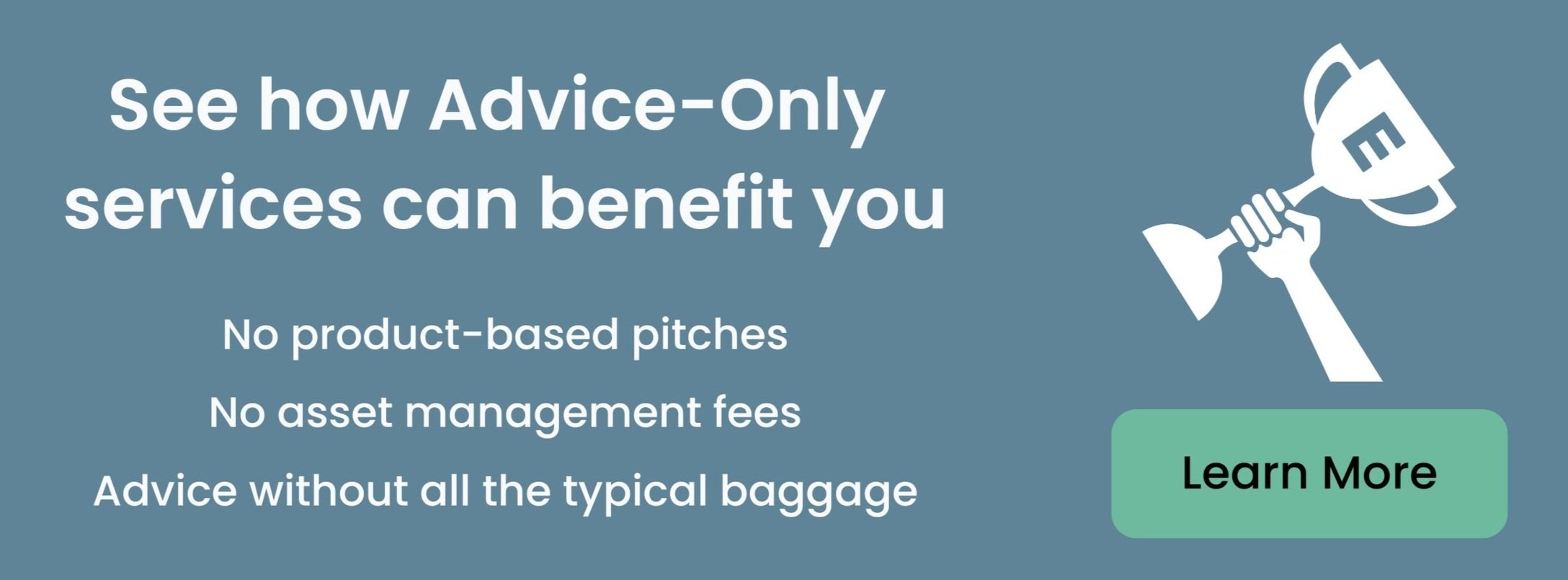What Happens to NSOs When You Quit
Non-Qualified Stock Options (NSOs) are a common type of stock option offered to employees as well as consultants. NSOs can be granted before or after a company goes public and they’re an important part of the compensation package offered by your company. When utilized properly, NSOs can help their owners growth their wealth, so it’s important to understand what happens to your NSOs if you decide to quit your job.
Since it’s now a common practice to move from one company to another every couple of years, it’s important to understand the effects quitting will have on different types of equity grants.
This article specifically discusses what happens to NSOs when you quit and will provide you with six recommendations to make the most of your NSOs before and after you quit.
Determine Status of NSOs When You Quit
The first thing you’ll want to do before you quit is complete an inventory of the NSO grants you’ve received. It may seem a bit tedious, but you’ll need that information in order to properly assess what will happen with your NSOs when you quit. Once you’ve gathered that data, you’re ready to continue reading.
Broadly speaking, there are three groups into which your NSOs will fall when you quit:
Unvested NSOs
Vested But Unexercised NSOs
Vested & Exercised NSOs
We’ll explain more about each of these groups, but you’ll want to figure out exactly how many NSOs you have in each category.
Quitting with Unvested NSOs
If you quit with unvested NSOs, they’ll be deemed expired on your last day.
This NSO rule is one of the easiest to remember, but it’s also the one that’s most likely to bum you out down the road.
Since NSOs are usually granted with a vesting schedule attached, you’ll want to determine how much value you’d be leaving on the table if you were to quit.
Most importantly, you’ll want to look up exactly when your NSOs are scheduled to vest because it may be worth sticking around just a little bit longer to hit one last vesting cut-off before you make your exit. Quitting now vs quitting two weeks from now could make a difference of a few thousand dollars of NSOs.
Quitting with Vested but Unexercised NSOs
Quitting with vested but unexercised NSOs is the most difficult scenario and in our opinion requires the most forethought before quitting. This is why we’ve decided to break this discussion into two parts - the Easy Part and the Tricky Part.
Easy Part of Quitting with Vested But Unexercised NSOs
If you have vested but unexercised NSOs when you quit, it means that you have some number of NSOs that you are able to exercise. Even if you quit, you’ll have some length of time in which you’ll be able to exercise your NSOs - known as a Post-termination Exercise Period (PTEP).
Typically, employers will give you 30 to 90 days to exercise your vested but unexercised NSOs after quitting; however, this can vary by company, so please be sure to look this up in advance.
There are other special circumstances that may apply to your NSOs. For example, if you become permanently disabled, you’ll likely have between 6 to 12 months to exercise your NSOs. If you die, the NSOs will typically be exercisable until the expiration of the option. And if you’re pregnant and take maternity leave, your planned leave won’t force you to forfeit your NSOs unless they reach their expiration date.
Tricky Part of Quitting with Vested But Unexercised NSOs
Once you’ve quit with vested but unexercised NSOs, you’re on the clock and you’ll need to make a decision about whether to exercise your NSOs or not.
What complicates this decision is how NSOs are taxed. (If you’re interested, we’ve written an entire article devoted to this subject, NSO Taxation) The basic gist is that the difference between the current market value and your exercise price will be taxable to you at the time of exercise.
This means that if you quit with NSOs and your exercise price on those NSOs is $10, and the current value is $20, you’ll owe some percentage of taxes on that $10 gain for each NSO you exercise. In addition to this, your employer will require you to withhold taxes upon exercise.
If your company is publicly traded, the easiest strategy is to just exercise and sell everything immediately after exercise. This will cover the tax portion you owe, doesn’t allow any NSOs to expire due to your quitting, and you’ll end up with some extra cash that you can use on other things.
If your company is still private, this makes your decision a bit more difficult. The spread will be taxable at exercise, even if you aren’t able to sell immediately. If you want to exercise your NSOs after quitting, you’ll likely need to cut a check to your employer to cover the taxes on the NSO exercise. In some cases you can do a net settlement in which they hang onto shares for the withholding, but not every company allows this.
In any case, if you’re quitting with vested but unexercised NSOs, you’ll want to (1) know how long you have to exercise before they expire, (2) have a plan to exercise your NSOs during that time before they expire.
Quitting with Vested and Exercised NSOs
If you’ve exercised vested NSOs, the shares you’ve acquired are yours. If you quit, you will not lose them.
The big risk of hanging onto already exercised NSOs is that it is just like holding company stock, and the old adage that “you don’t want to hold too much company stock” applies similarly here.
We’ve worked with people who’ve received NSOs from their tech companies (before those companies went public), exercised them at vest, and then left the company to join another tech company. They continued holding that company stock even though it hadn’t yet gone public. Once the company finally went public, they were able to sell for massive gains because they had held onto the stock for so long.
However, we’ve also seen people who’ve exercised NSOs when they quit, didn’t realize how much of a tax hit they owed, and then were surprised by a large tax bill.
Another thing to watch out for is that some companies require/strongly encourage employees to sign a repurchase agreement once they’ve been granted equity. The terms of these agreements can vary, but it basically gives your employer the right to repurchase shares from you if you leave the company. This can be a good thing because if the company isn’t yet public, it can provide you with some cash as you leave. The downside is that if the company grows significantly after you leave, you could end up leaving a lot of money on the table.
Our Final Recommendations When Quitting with NSOs
Sometimes sticking with a company for decades isn’t the right move financially or professionally. It’s a nice perk when you can work for a younger company for a few years and then leave while keeping a piece of the pie.
If you’re planning to quit, be sure that you:
Determine the value of the NSOs you’re going to leave on the table if you were to quit today
Look at when the next batch of NSOs is scheduled to vest so that you can time your exit appropriately
Understand your company’s policy on how long you have to exercise NSOs after quitting
Determine if your company is going to want to repurchase shares from you (this applies mostly to private companies)
Make a plan to exercise your NSOs and cover your tax bill
Remember that NSOs can be extremely valuable when you manage them correctly
If you have other types of equity, it’s important to understand what happens to those as well. We’ve written about ISOs and RSUs, and will be writing about ESPP shares soon.
Again, thank you for reading and if you have questions about your specific situation we’re happy to help however we can.


